Inside: Therapeutic-grade essential oils have taken the world by storm! The benefits of essential oils are numerous and are used by parents to help their children (and themselves) with many health issues. They are amazing and if you haven’t used them for your children/teens—make a goal to do so.
Benefits of Essential Oils
If you use essential oils or if you are thinking of using essential oils, this blog is to help you understand what they are and why they can help your family with a number of different ailments.
There are 2 main companies in the United States that sell therapeutic-grade essential oils: Young Living Essential Oils. Today, dōTERRA (a break-off from YL). I’ve used oils from BOTH companies and despite what some people say regarding the different concentrations of oils from the companies, it’s not true…both are of excellent quality.
Whichever company you decide to buy from—you won’t be sorry—they’re amazing!
What are Essential Oils?
Essential oils are aromatic compounds distilled from flowers, trees, roots, bushes, shrubs, and seeds. They are antibacterial, antiviral, and antimicrobial. Unlike vegetable oils, they do not go rancid or clog the pores.
The chemical make-up of oils is very complex and consists of hundreds of different and unique chemical compounds. Unlike herbs, essential oils are highly concentrated and more potent.
The distillation process (extracting the oils from the plant) is what makes the oil so concentrated because many times it requires an entire plant to produce one drop of oil.
What does Therapeutic-Grade Essential Oils Mean?
In order for an oil to be considered a “therapeutic-grade” essential oil, it must pass a series of strict tests and standards. It must also preserve as many of the aromatic compounds within the essential oil as possible. Some requirements include:
- The plant must be grown in organic soil free from herbicides, pesticides, and other agrichemicals
- Must be distilled under low temperatures and pressure
- Must not have contact with chemically reactive metals such as copper or aluminum.
All therapeutic-grade essential oils must be distilled in stainless steel cooking chambers at low pressure and low temperatures. Therapeutic grade essential oils have hundreds of different compounds that give the oil important therapeutic properties of healing.
In Europe, a set of standards have been established to determine an oil to be of the highest therapeutic grade. It’s known as AFNOR (Association French Normalization Organization Regulation) and ISO (International Standards Organization). These guidelines help people differentiate between a therapeutic-grade essential oil and a lower-grade of oil.
All the oils sold at Young Living and dōTERRA have these scores and can safely be considered therapeutic-grade essential oils.
Benefits of Essential Oils: Uses for Healing
Did you know that essential oils and blood share several common properties? In these three ways:
- They fight infection
- Contain hormone-like compounds
- Initiate regeneration
They also have a chemical structure similar to that found in human cells and tissues. And they have the ability to penetrate cell membranes and diffuse throughout the blood and tissue.
Many essential oils like clary sage, have an estrogenic effect and balance the physiological systems of the body. For these and other reasons, therapeutic-grade essential oils can initiate healing and help medicinally.
Benefits of Essential Oils: Different Ways of Applying Essential Oils
Here are 5 simple ways of applying essential oils to your body.
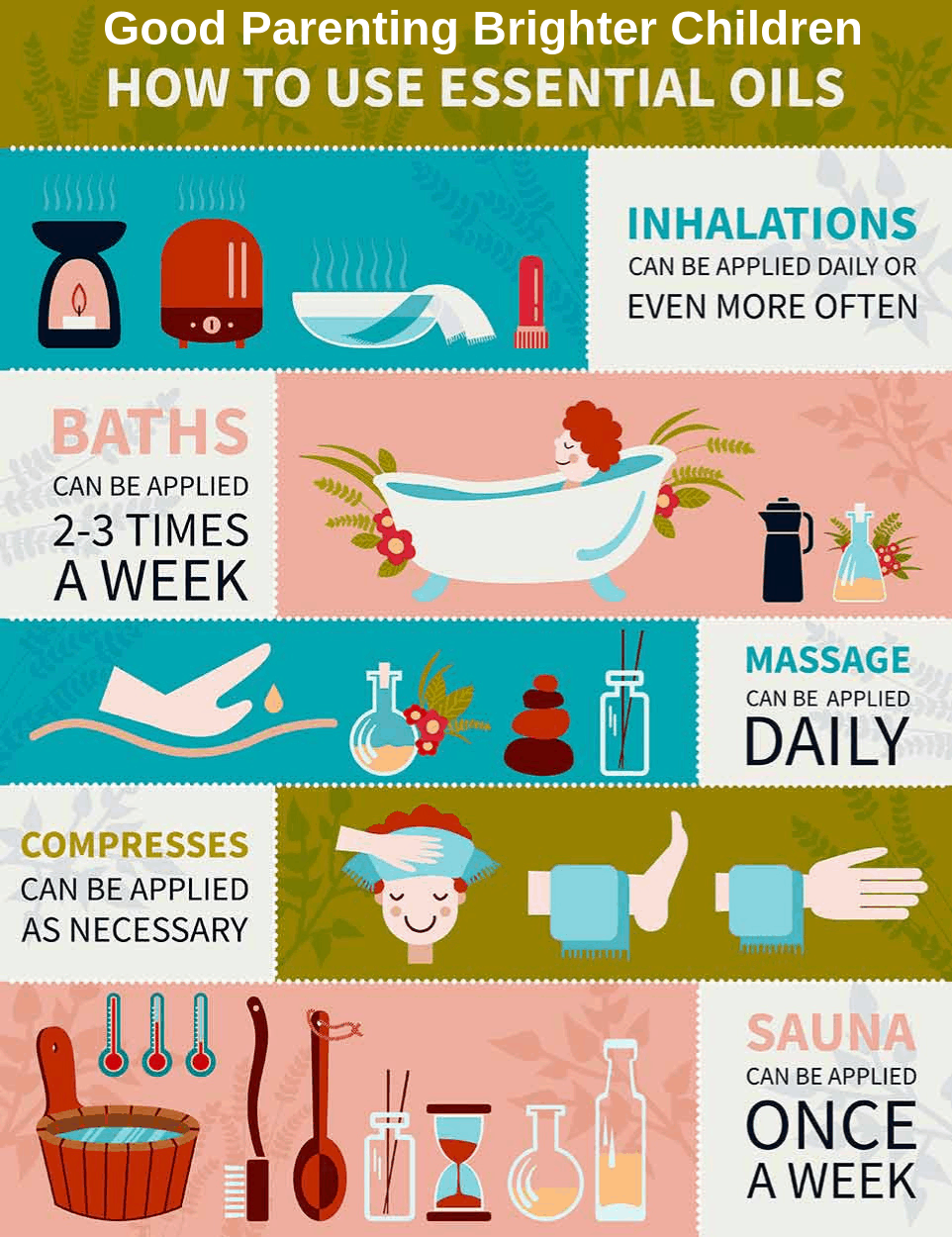
Here are some ways to apply essential oils. Massage includes applying the oils directly to the feet or other areas of the body each day. If you have a sauna, you can apply oils before going into the sauna
#1: Inhale/Smell
Inhaling or smelling is an easy way to introduce essential oils to your children and the most popular way in France. It’s as simple as opening the bottle and deeply inhaling. Smelling oils in this way will have an immediate effect on your child’s mind and body.
You can also put a few drops of oil on a cotton ball; place it on your nightstand and smell them throughout the night. The essence of the oil will fill the room. Many essential oils are excellent for helping kids get to sleep at night. Try orange, tangerine, or lemon–put on the bottom of your child’s feet or put a few drops on the cotton ball by their bed.
Last, place a few drops of your favorite oil in a large bowl filled with hot water. Put your face over the bowl, cover your head with a towel and inhale. This works especially well when your child has a cold because it penetrates deep into the lungs. Be careful not to burn your child’s skin with the steam.
Inhaling oils increases growth hormone secretion, (clary sage) induce weight loss (grapefruit), and can balance moods and emotions (lavender).
#2: Diffusing Oils
Another way to inhale oils is to diffuse them in a diffuser. You mix a few drops of oil with distilled water and the diffuser will create steam in the air. Purchase a steamer from the company you purchase oils from. They are made to work with essential oils.
When essential oils are diffused, they increase atmospheric oxygen and inhibit bacterial growth. They purify the air by their ionic action and break down potentially harmful chemicals and render them nontoxic.
Diffusing oils is a great way of introducing your children to essential oils. Start by diffusing oils during the flu and cold season. The oils will protect them as they have antiviral properties.
#3: Ingesting Oils
If you are going to ingest oils, proceed with caution. Essential oils from Young Living or dōTERRA are safe to ingest or put in food, but not all oils are.
#4: Bathing with Oils
You’ve probably heard of the saying, “oil and water don’t mix,” so when putting drops of oil into your bath try this:
- Do not drop oils directly into the water.
- Mix the oil you are using with a small amount of Epsom salt before putting it into the water. The salt will act as an emulsifier allowing the oil to be distributed evenly throughout the water as opposed to floating on top of the water.
- In a child’s bath, never use more than 2-3 drops (adult: 3-4 drops).
When getting out of the tub
- Dry your body towards your heart. I like to use a dry brush and brush my skin towards my heart before getting into a bath or shower. It helps to stimulate and strengthen the blood vessels, helps with cellulite, and helps to eliminate toxins from the body.
- If you like putting lotion on after a bath, you can do the same with essential oils. Use a carrier oil such as almond, apricot, or coconut oil and mix with about 3 drops of the essential oil. Massage into your skin. It will not clog your pores and will allow your skin to work to eliminate other toxins out of your body.
#5: Topically Applying Oils to the Body
Essential oils have tiny molecules and penetrate quickly into the bloodstream. As a result, they can be applied anywhere on the body. Most people apply oils to the bottoms of the feet and on the hands for two reasons:
- The pores on the bottom of the feet are 200x larger than anywhere else on the body so oils penetrate quickly and target the area needed
- Our skin contains oil glands called sebaceous glands. These glands can somewhat block the penetration of the essential oils and make them less effective. However, there are no oil glands on the feet and hands.
Essential oils have powerful benefits on the lymphatic system and internal organs. Here are some benefits when massaging them on specific parts of the body: (note: all of these suggestions can be used on children and teens)
- Earlobes: affects the brain and hearing.
- Feet: influences the DNA code of the cells
- Face: impacts the hormones and the mental body which in turn affects the eyes, ears, and pineal gland. The pineal gland is part of the endocrine system
- Belly: influences the colon, small intestines, and appendix
- Hand: affects the heart
- Back: affects the inner organs and muscles
All three methods of application: topical, inhalation, or ingestion, are interchangeable and can give similar benefits.
Are Essential Oils Safe for Babies and Children?
Yes, therapeutic-grade essential oils are safe for babies and children. They just need to be applied in smaller doses.
I taught infant massage for several years and used essential oils. However, I always mixed them with a carrier oil (almond, apricot oils, etc.) before applying them to the baby’s delicate skin. I only applied them to the bottom of the baby’s feet and used 1-2 drops of oil.
If you are concerned about using them directly on a baby’s skin: put the drops in your hand; rub them together and then place them over the area of the baby. It works well without direct application.
Benefits of Essential Oils: 70+ Uses and How They Help Families
Here are a few of the more popular essential oils and their uses (all of these oils have more uses than the 70+ I listed). The infographic will give you a quick overview of some powerful oils that can be used for children/teens when they experience a particular condition.
Cedarwood
5 Uses & Application:
- Hair loss, acne, and eczema, ADHD; stimulates the lymphatic system
- Children with ADHD–massage 3 drops of cedarwood oil on the bottoms of the feet (can use a carrier oil if you want)
- High in sesquiterpenes (like sandalwood and frankincense) which means it passes the blood-brain barrier and oxygenates the brain (for clearer thinking). Apply 3 drops on the scalp
Clove
6 Uses & Application
- Sore throat, sinus, lungs, lice, toothache, canker sores
- For children’s canker sores: mix 2-3 drops of clove oil with a carrier oil (almond, apricot, coconut, etc.). Apply on sore
Cinnamon
5 Uses & Application
- Infectious diseases, viral infections, digestive issues, ulcers; warts
- For children with warts: mix 3 drops of cinnamon oil with a carrier oil and apply to the wart
Cypress
5 Uses & Application
- Diabetes, circulatory disorders; helps with lymphatic drainage; strengthens the vascular system, sunburn
- For children with sunburn: mix 3 drops of cypress oil with a carrier oil; apply to sunburn
Frankincense
6 Uses & Application
- Concentration issues, depression, respiratory infections, inflammation, immune-stimulating, muscle-relaxing
- Children having difficulty concentrating and focusing: mix 2-3 drops of frankincense oil with a carrier oil and either apply to the top of the scalp or on the bottoms of the feet.
Grapefruit
5 Uses & Application
- Children’s headaches, fluid retention, depression, obesity, anxiety
- Children’s headaches: mix 3 drops grapefruit oil with a carrier oil; apply to the temples; the base of the hairline and above the eyebrows
Lavender
9 Uses and Application
- Respiratory infections, skin conditions (acne), burns, insomnia, nervous tension, headaches, anxiety, canker sores
- This is an amazing oil for various children’s conditions mentioned above. To use: mix the lavender with a carrier oil; apply directly to condition or to bottoms of feet
I keep this oil in the kitchen. It’s perfect for burns. Put it on immediately if you get a burn. Egg white also works, but lavender is easier and smells better!
Lemon
4 Uses & Application
- Combats acne, digestive problems, can improve mental accuracy and concentration
- Children: when they are going to have a test at school, give them a bottle of lemon oil and have them inhale it right before the test. Studies show they will be able to concentrate better as it improves mental accuracy.
Myrtle
3 Uses & Application
- Oily skin, muscle spasms. If used with lemongrass, it will open up the lymphatic system (see below)
- Children or Teens: mix 3 drops of myrtle with a carrier oil and apply directly to oily skin
Use myrtle and lemongrass and massage in the area between your child’s large toe and the second toe. It will open up their lymphatic system which houses the immune system.
Orange or Tangerine
6 Uses & Application
- Insomnia, hypertension, cancer, fluid retention, wrinkles, and complexion
- Children/Teens: fabulous oil for kids who have difficulty falling asleep and staying asleep; mix orange oil with a carrier oil and massage on the bottoms of the feet
Peppermint
5 Uses & Application
- An amazing oil that can be used for many different issues with children: fevers, children’s headaches, concentration, ADHD, and colds
- Mix 3 drops of peppermint oil and a carrier oil and massage on bottoms of feet, with headaches
This is a “must” oil for every household. It is used for so many things! And, whenever you use essential oils and want an increased effect of that oil, put on peppermint oil afterward. It will intensify whatever oil you put on first.
Tea Tree (Melaleuca Alternifolia)
7 Uses & Application
- A powerful antibacterial, fungal infections, colds, tooth/gum disease, water retention, skin conditions (acne, sores)
- Children’s colds: mix tea tree oil with a carrier oil and massage on the bottoms of the feet
- Teens: mix tea tree oil with a carrier oil and apply directly to acne conditions
Wintergreen
1 Use & Application
- Wintergreen stimulates and increases awareness of the sensory system. This may help kids with sensory issues.
Vetiver
4 Uses & Application
- ADHD, Anxiety, depression, insomnia
- Vetiver is known to help children with ADHD. Terry Friedmann MD found in clinical studies that this oil was able to successfully treat Attention Deficit Disorder (ADHD) in children. I used it for my son. It’s a very thick oil and I had him inhale it and we put it on his feet. The biggest thing we noticed was he was more focused and calm. Put it on in the morning before your child goes to school. Put it on again prior to your child doing homework.
Try adding therapeutic-essential oils to your family’s arsenal of health care. I promise you, they will come in handy more often than not.
FAQ’s
Which essential oils are good for what?
Here are some oils and their uses:
- Peppermint: common colds, headaches, concentration, ADHD, increases the effect of other essential oils you use.
- Lavender; skin conditions (acne), excellent for burns, insomnia, nervous tension, headaches, anxiety, canker sores, respiratory infections.
- Frankincense: concentration, depression, inflammation, immune-stimulating, muscle relaxing.
- Cypress: diabetes, circulatory disorders, helps with lymphatic drainage, strengthens the vascular system.
- Orange or Tangerine: insomnia, hypertension, fluid retention, wrinkles.
- Tea Tree (Melaleuca Alfernifolia): antibacterial, fungal infections, colds, tooth/gum disease, water retention, skin conditions.
Are essential oils bad for you?
No, but if you want an effective essential oil and one that actually works for health issues, they MUST be therapeutic-grade essential oils. This means the production of the oil has passed a series of strict tests and standards.
Are essential oils effective?
Essential oils can be very effective for many different health issues. Essential oils and blood share several common properties: they both fight infection, contain hormone-like compounds, and initiate regeneration. They penetrate cell membranes and diffuse throughout the blood and tissue.
Do essential oils actually do anything?
Yes. Essential oils are effective for people and pets. Essential oils and blood share several common properties: they both fight infection, contain hormone-like compounds, and initiate regeneration. They have a chemical structure similar to that found in human cells and tissues. And they have the ability to penetrate cell membranes and diffuse throughout the blood and tissues.
This blog post is part of my “Tidbits of Wisdom for Parents” YouTube video series. To access the video, click here.
Do you use essential oils? What have been your experiences? Do you use them on your children? Teens? Babies? Please comment in the section below.
Want to remember this post? Post, “Here Are 70+ Amazing Benefits When Using Essential Oils” to your favorite Pinterest Board!

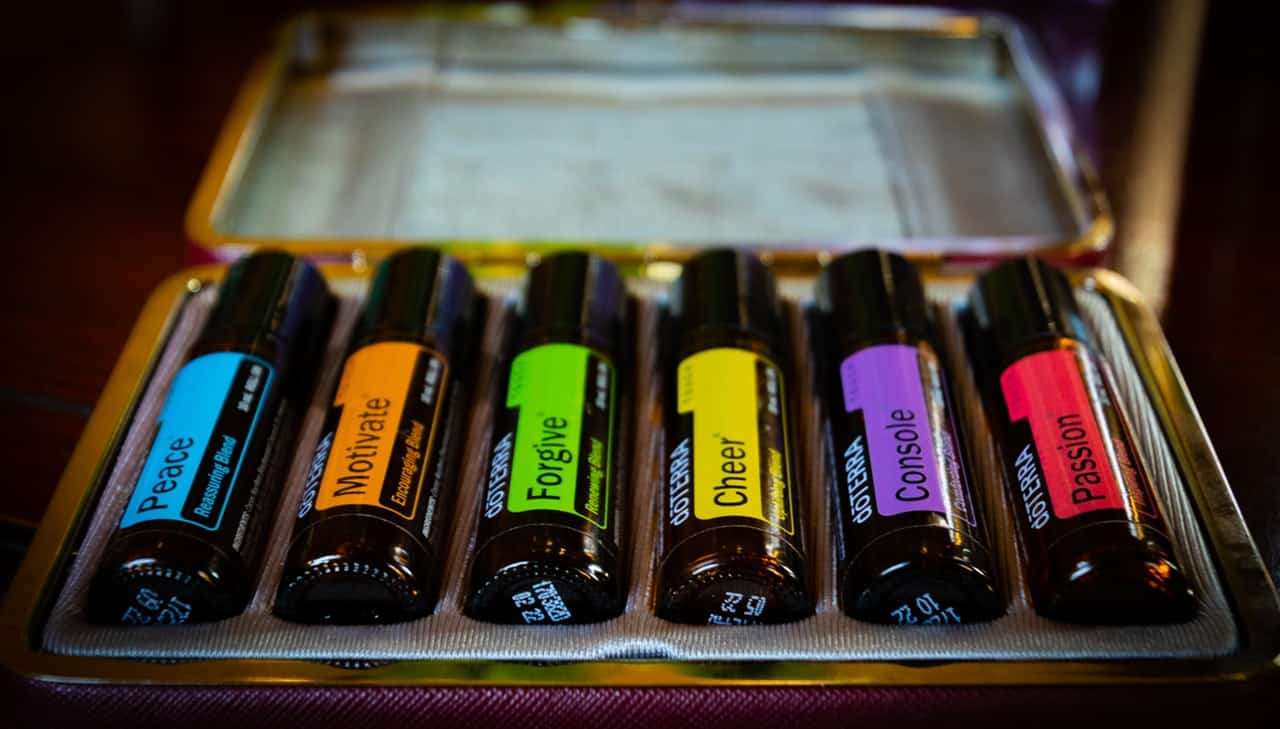

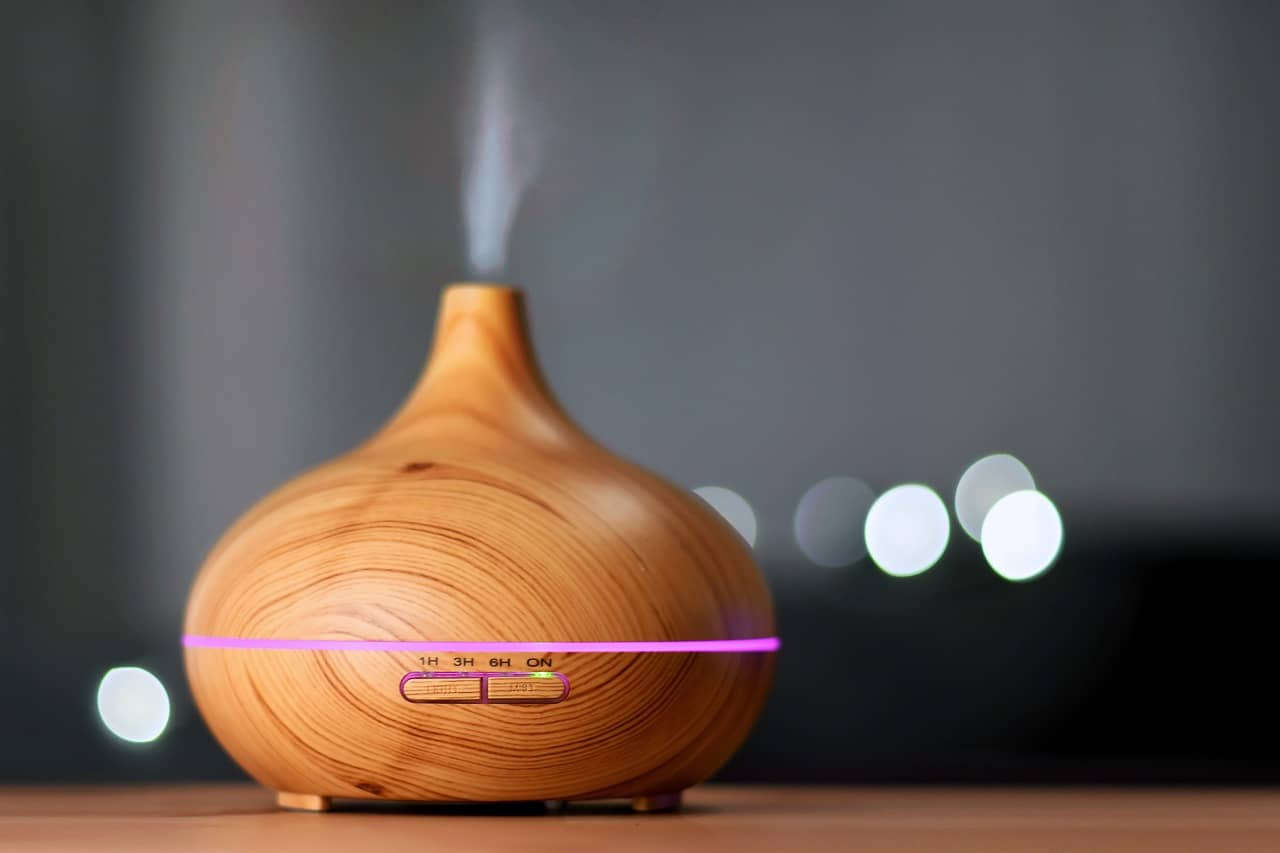

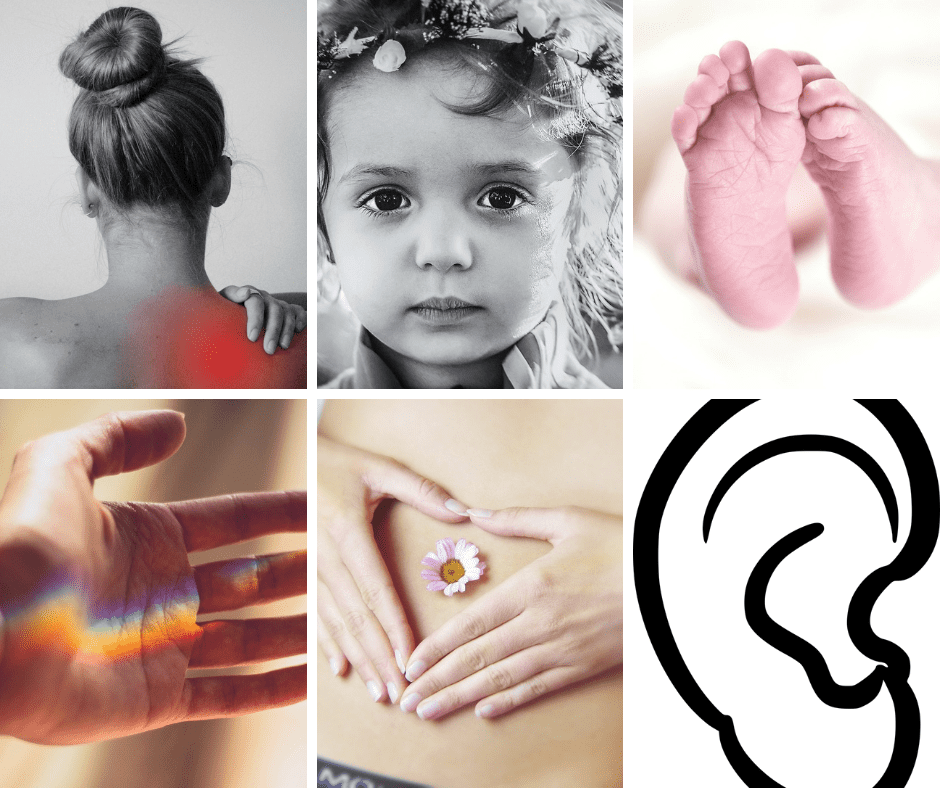
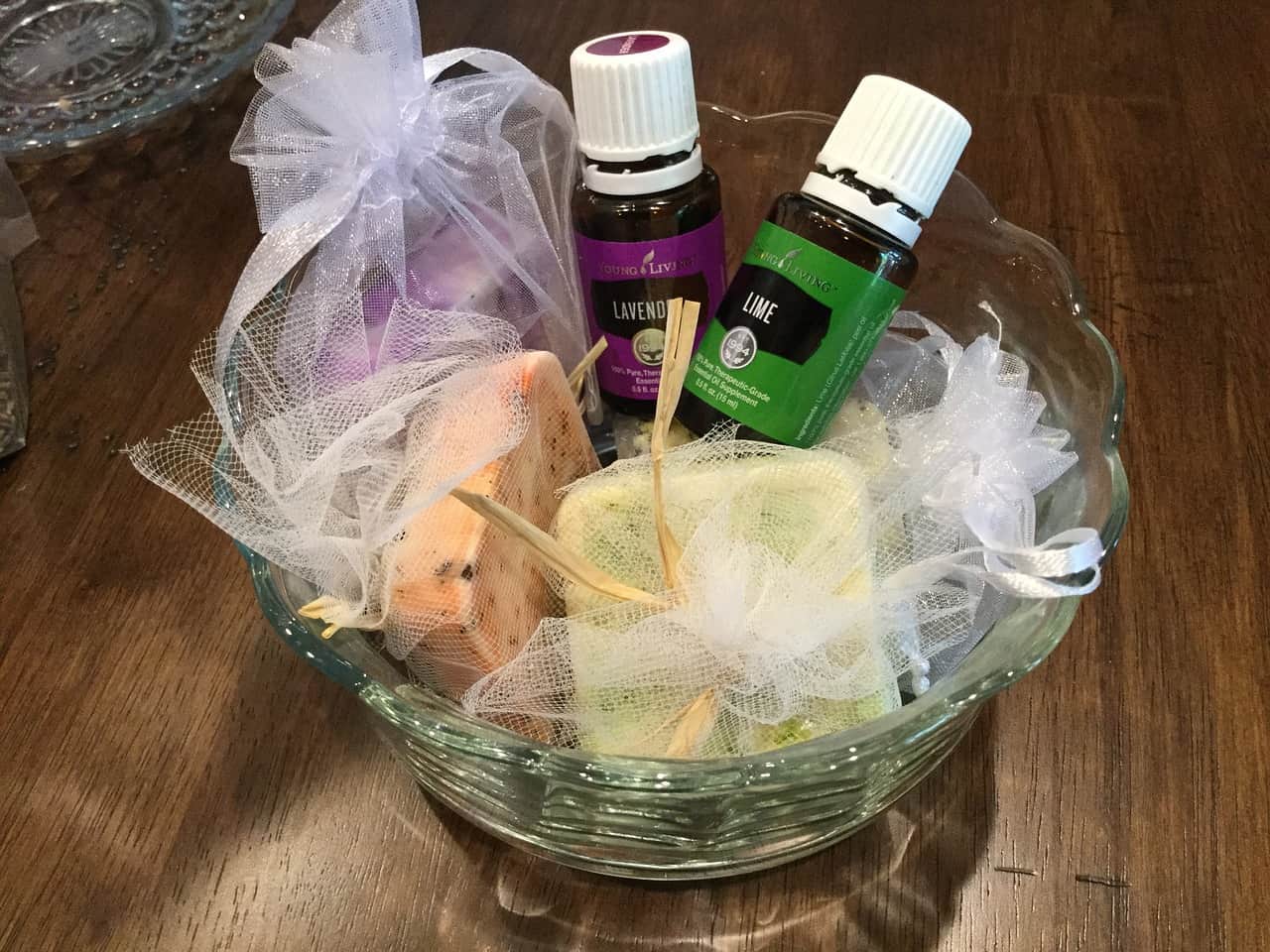
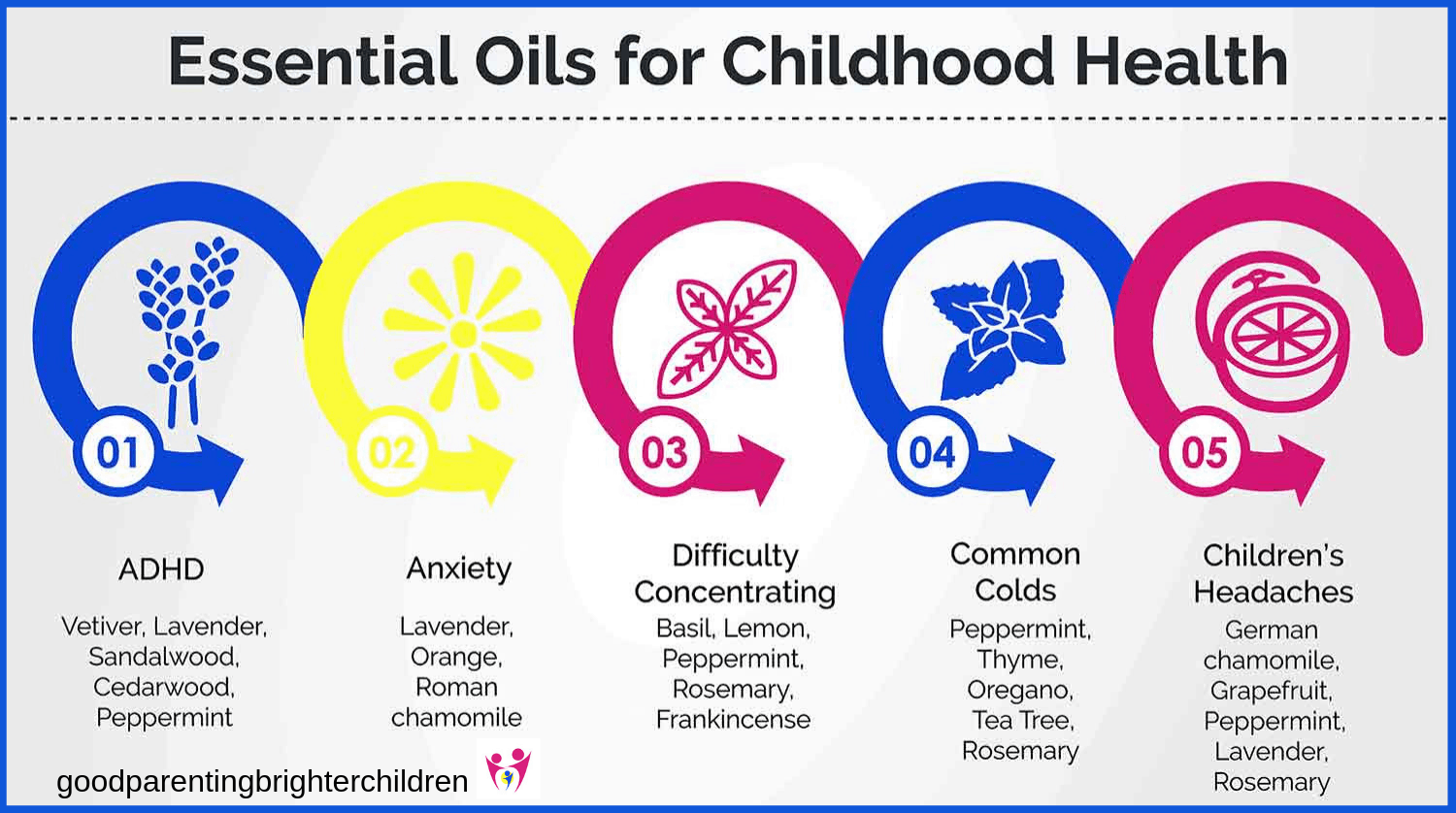
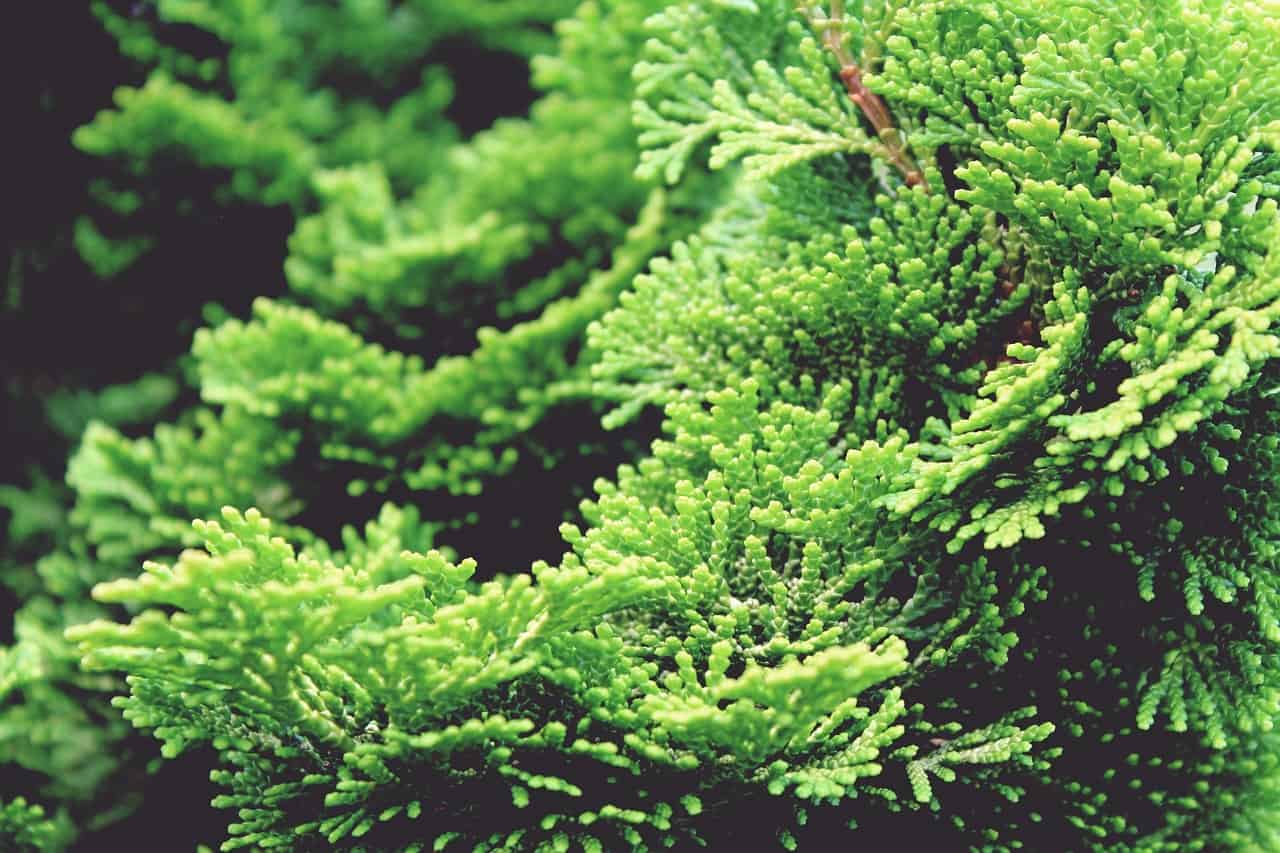
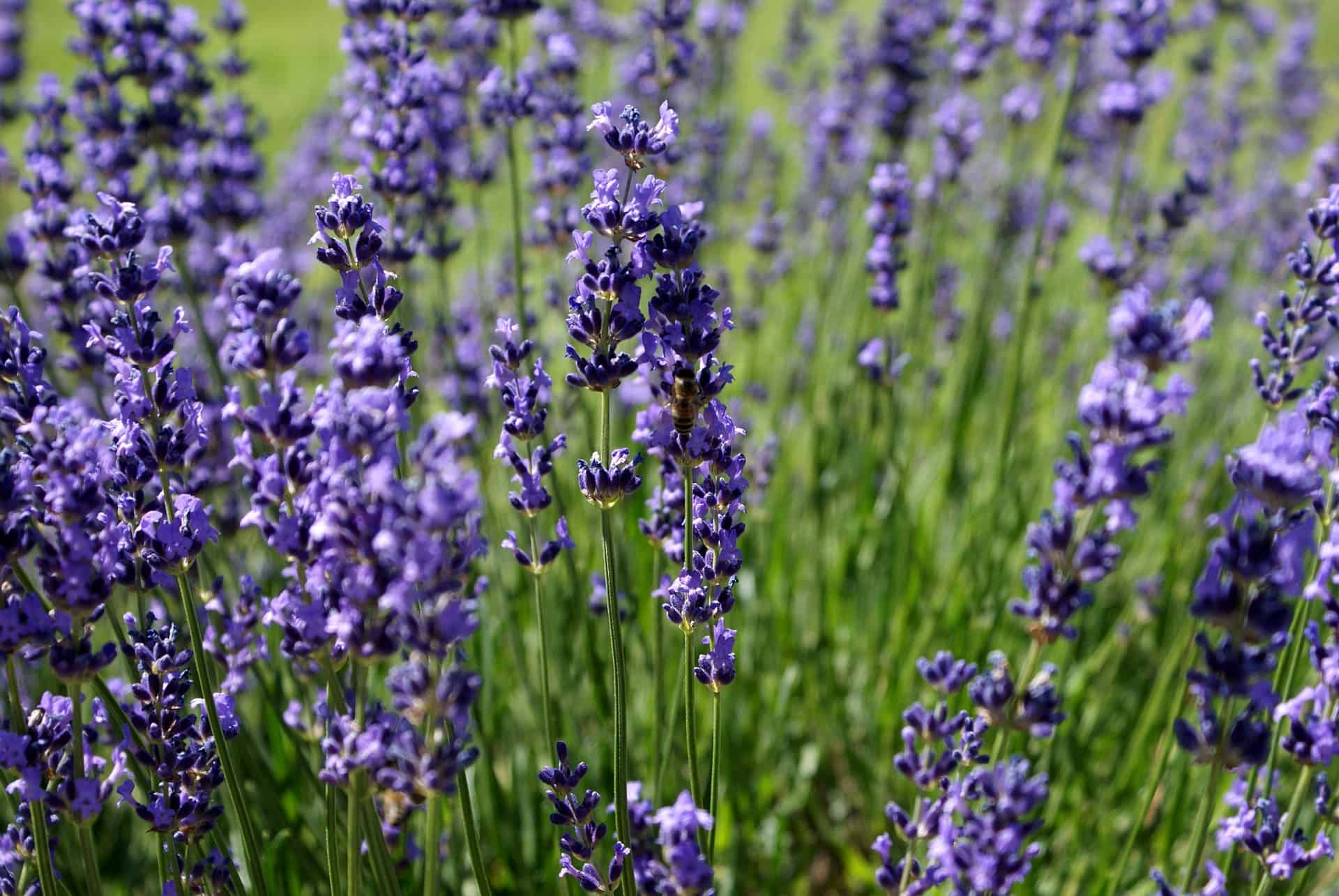
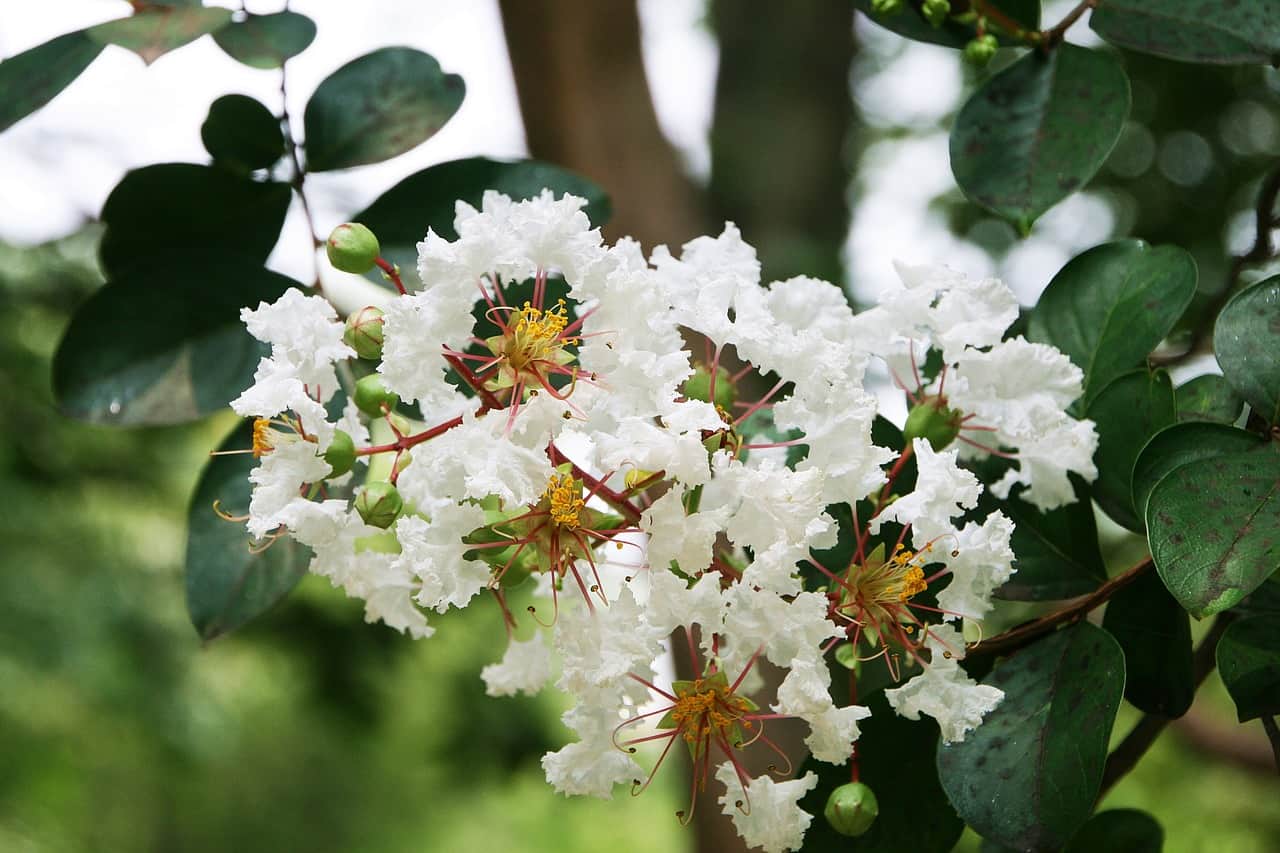
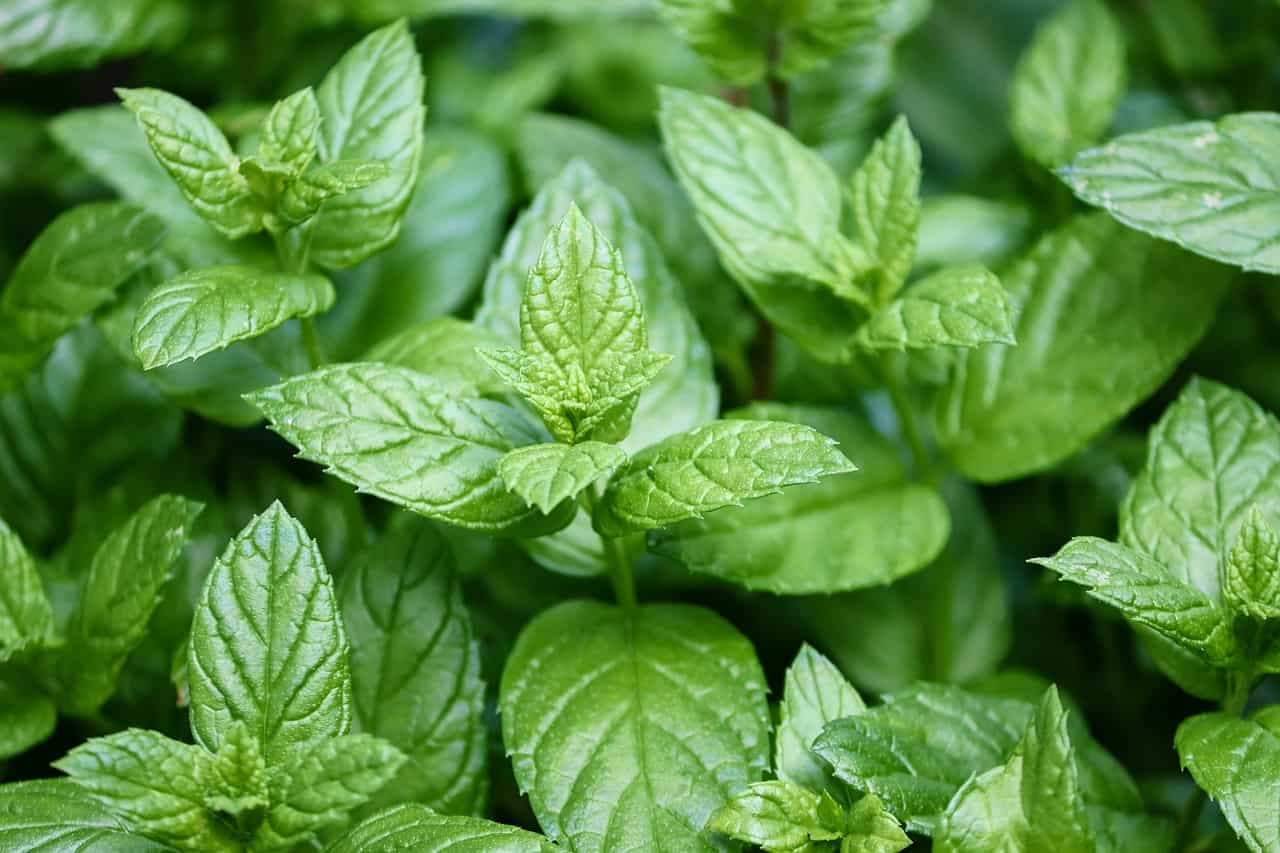
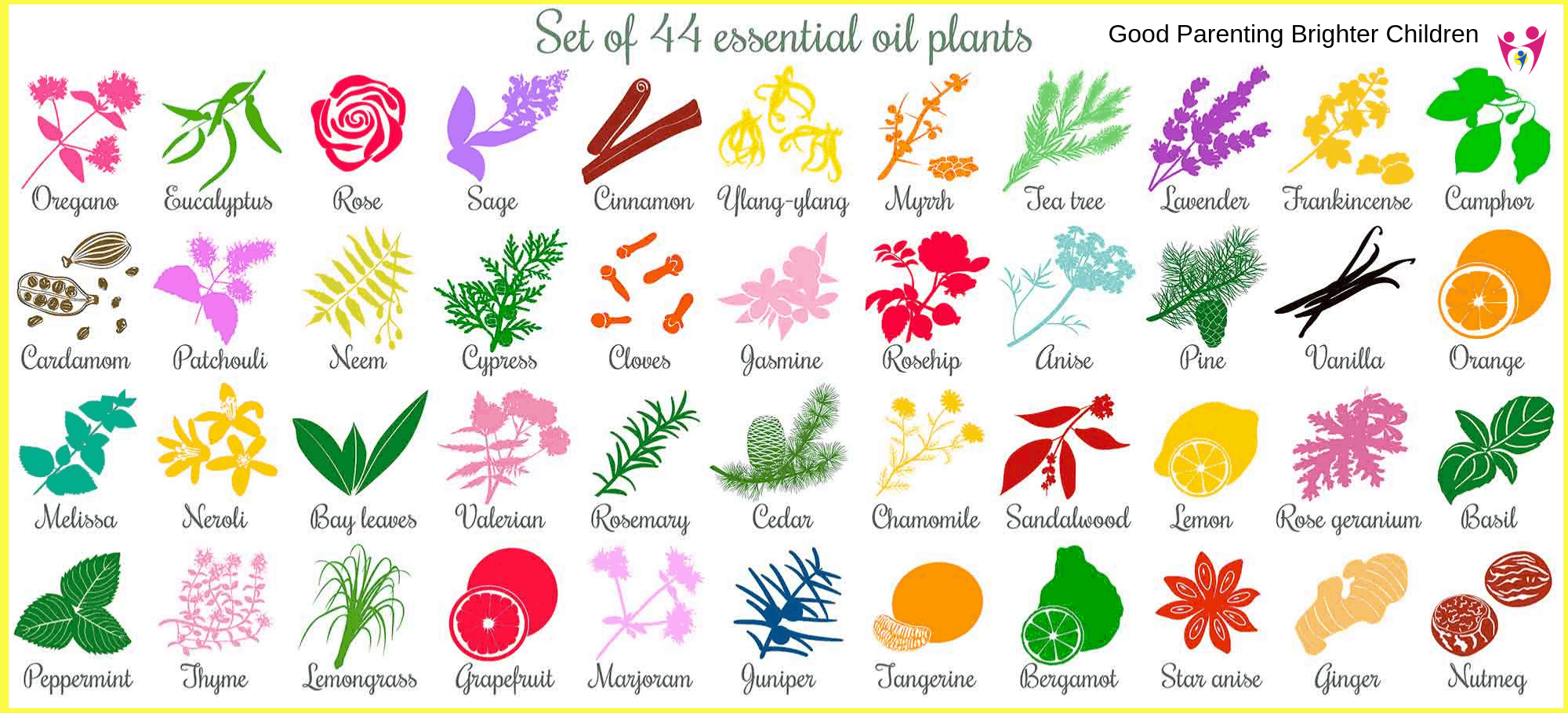
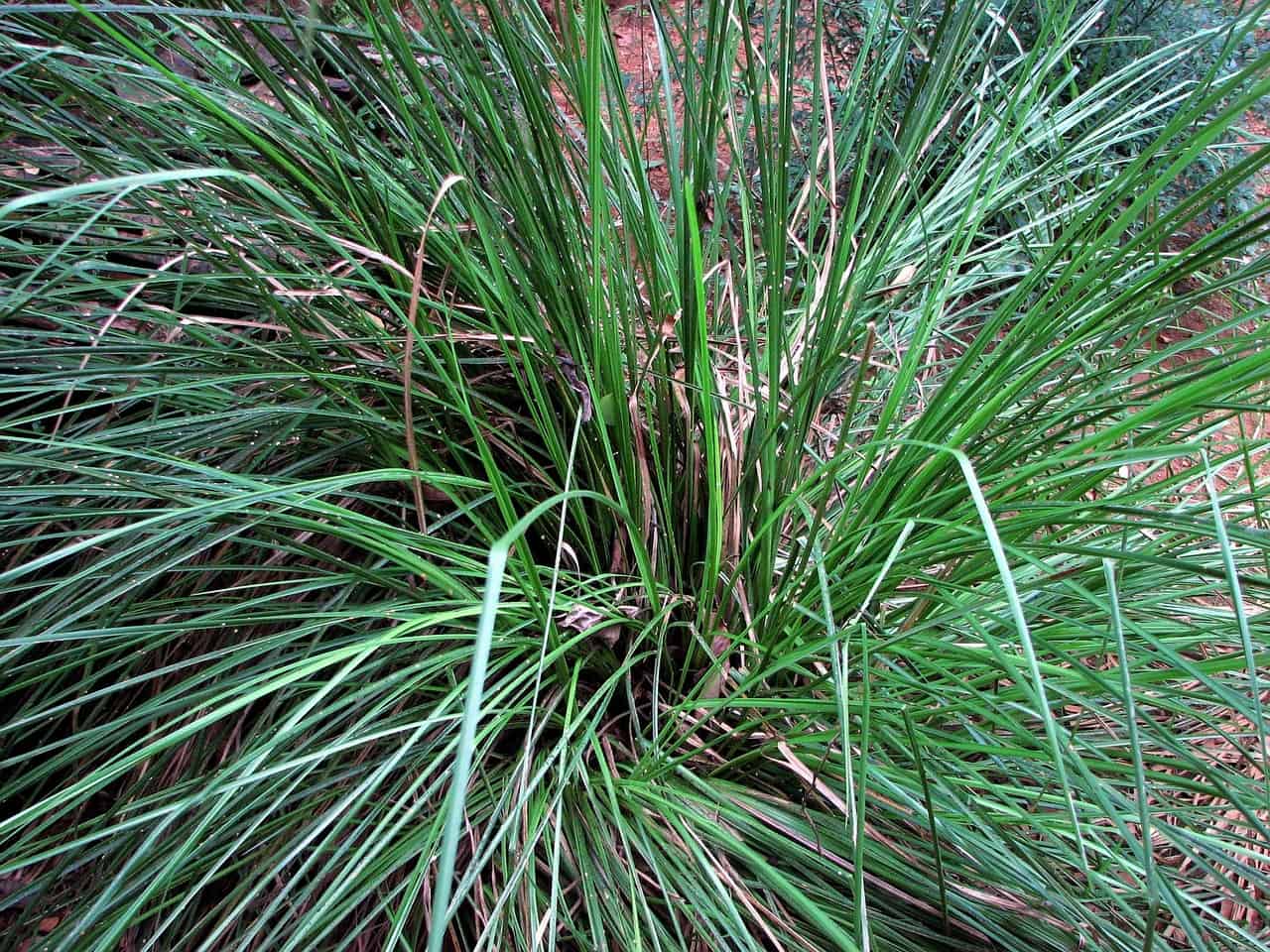




Thank you for bringing out this article! Really informative post. I have searched for the perfect information here. I really like this article so much and found it very helpful for me.
Thank you for your kind words! I appreciate it. As mentioned, I’ve been using therapeutic-grade essential oils and find them to be amazing in their abilities to help so many different health concerns. And I have a couple of books that are now out of print that lists literally hundreds of scientific studies to show the benefits of oils. It’s sad that the FDA has chosen to ignore the research.
I honestly don’t even know where to begin with this post! The amount of information you’ve provided about essential oils is pretty mind-blowing, Sharlene. Wow! Wow! Wow! It’s extremely evident you’re an expert on this topic. What I love about all your posts, this one definitely included, is that you have done every single thing you recommend to your readers with your own family. You’ve totally won over my trust and I look forward to delving into the world of essential oils. Thank you!
Thank you Tiffany! Appreciate your support. Essential oils ARE really amazing for so many things.